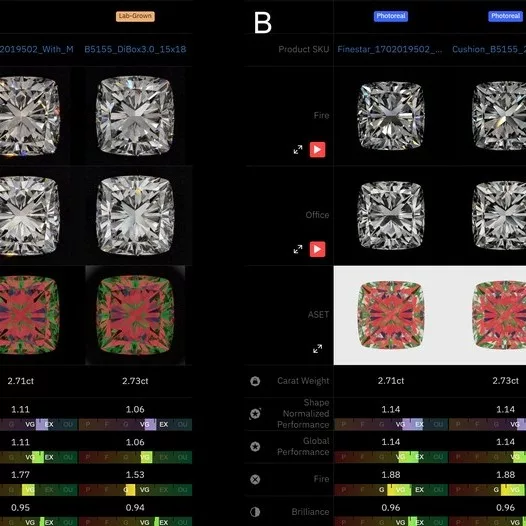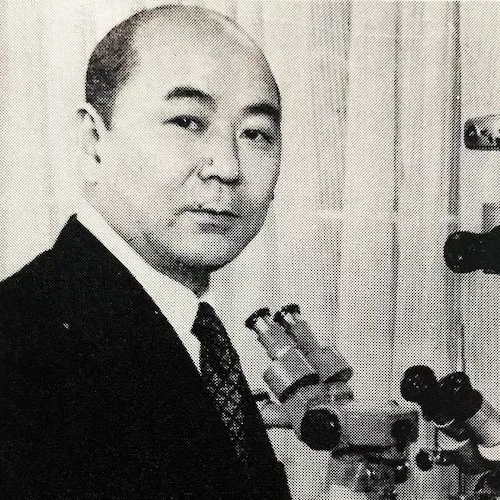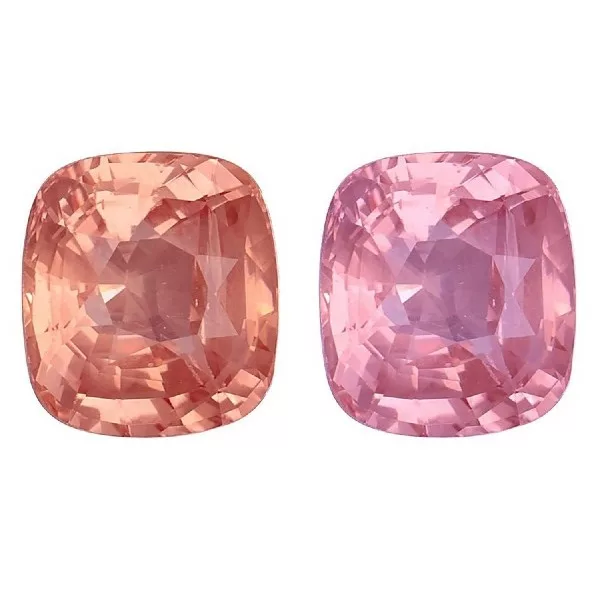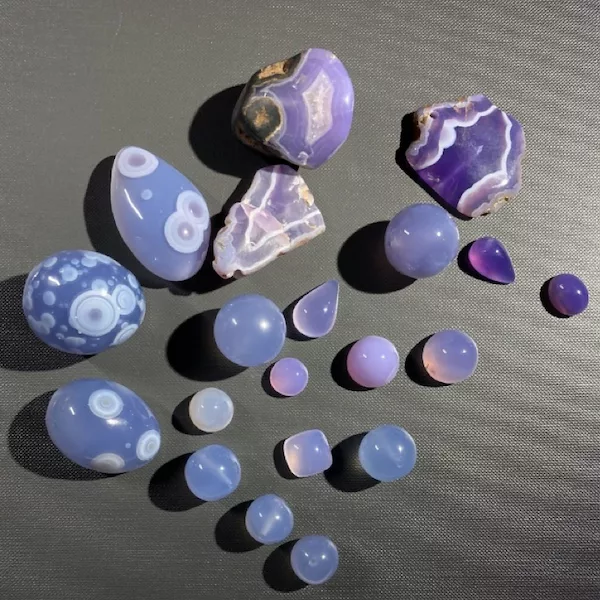CVD Rough Diamonds Striae Grading Approach based on Deviated Optical Performance of Polished CVD Diamonds
Keywords: Optical Performance, Diamond, LGD, Cut Grading, Striae, Birefringence
Introduction
Diamond’s optical performance cognition and scientific descriptions are based on the three key attributes: brilliance, fire and scintillation.
- Brilliance is an illusion caused by the fact that the perceived brightness (subjective) of the diamond significantly exceeds its actual (objective) brightness.
- Fire is the simultaneous (local) contrast of color that is observed in a diamond.
- Scintillation is observed as quick bright flashes that appear and disappear when a diamond is moved and illumination originates from bright light sources of small size.
There are two fundamentally different approaches to grading diamond performance:
- Cut Grade: assessment of the diamond cut is based on the diamond 3D model or the average parameters of the diamond 3D model.
- Diamond Grade: assessment of optical characteristics of diamond visually by experts or with the help of specialized computer-aided systems (Octonus DiBox2, Sarine Light).
The fundamental difference between these two approaches and their corresponding results is that in the Cut Grade approach, the properties of the material, the facet polishing smoothness, and the quality of diamond cleaning are not taken into account. However, material properties such as transparency, absorption, anisotropy, inclusions, and fluorescence can strongly influence the final optical properties of the diamond.
To describe some of the material effects of natural stones, the diamond industry historically used the terms “milkiness” and “graining”. With the emergence of CVD LGD (CVD laboratory-grown diamond), the term “oily” diamonds became widely used to describe the optical effect caused by the anisotropy of the refractive index (RI).
Variations in the growth conditions of CVD diamonds during the increase in the height of the diamond crystal lead to changes in its composition, which, in turn, are the cause of changes in RI and the source of RI anisotropy. The external manifestations and physical reasons for this RI anisotropy are the same as for striae in a glass. The term striae itself originated from amorphous glass studies. We propose to use the term striae to describe RI anisotropy in CVD diamonds.
The objective of this study is to evaluate the influence of striae on diamond optical properties, such as Brilliance, Fire, and Scintillation. In the future, this approach may allow for the development of a striae grading methodology based on the extent of influence on diamond optical performance.
Striae shadowgraphy in CVD diamonds
Striae identification and grading in glass is a common practice that can be accomplished using a number of methods, including shadowgraphy, interferogram analysis, and wavefront phase measurements.
In CVD diamonds, striae can be easily seen in collimated light and in crossed-polarisers due to amplitude modulation caused by interference in areas with different RI, as shown in Figure 1. This feature is widely used for striae identification in glass, but the amplitude modulation itself is not the main reason for striae influence on the diamond optical performance.


Striae impact at the Diamond Modulation Transfer Function
The presence of striae can affect the Modulation Transfer Function (MTF) curve of diamonds. This is due to the wavefront phase aberrations caused by striae, which result in a decrease in MTF at higher spatial frequencies, as shown in Figure 2.
Striae influence on MTF directly affects Diamond Optical Performance. Polished diamond is a combination of virtual facets (VF) that is created when we look through crown facets and see various pavilion facets and internal reflections. Diamond VF reflects the light sources to the human eye retina. In the ideal case, the point light source is projected to the point on the retina, so the observer perceives intensive flash. In the case of a diamond with striae – the point light source projection on the retina becomes blurred. Thus the flash contrast decreases. MTF can be greatly reduced if the ray passes the same striae multiple times. That is why striae have a higher impact on diamonds with long ray paths. The observer perceives such flashes as blurred and low contrast that generate an “oily” effect in the diamond.
MTF curve decreases at higher spatial frequencies and affects Diamond performance attributes in different degrees:
- Brilliance is affected less, because it is defined mainly by large VF with a short ray path.
- Fire is based on Medium to Large coloured VF and is affected more.
- Scintillation is caused by small/medium VF with a long ray path. It is affected the most.
Striae influence at polished CVD Diamonds Optical Properties
Modern technologies allow for diamonds to be cut according to a predetermined plan. Thus, pairs of diamonds with identical cutting (RMS error for main facets below 0.1 degrees), but made of different materials, can be created and compared for the impact of the material on Diamond optical performance attributes. Several pairs of natural diamonds and CVD diamonds with similar parameters were cut.
One of the cushion pairs is shown on Figure 3A. The stone on the left is natural, and the one on the right is CVD. We can see that performance evaluation based on the diamonds themselves differs. Brilliance for the stones are close, with a difference of 1%. Natural cushion has a 15% higher Fire metric than the CVD. If performance evaluations are based on 3D models of these diamonds’ data (Figure 3 B), they are equivalent because the cutting parameters of these cushions are very close. At the same time, the performance calculated from virtual data is slightly higher than the data for real diamonds (due to the influence of polishing smoothness and diamond material).
Conclusions and suggestions
In summary, striae have a significant impact on diamond optical performance, particularly on fire and scintillation attributes. Striae influence for specific stones is recommended to be determined at the rough stage through MTF measurements on a resolution target. Based on these data, diamonds can be planned for cutting to achieve the desired brilliance/fire/scintillation performance attributes with either a short or long ray path depending on the level of striae present in the CVD rough material.
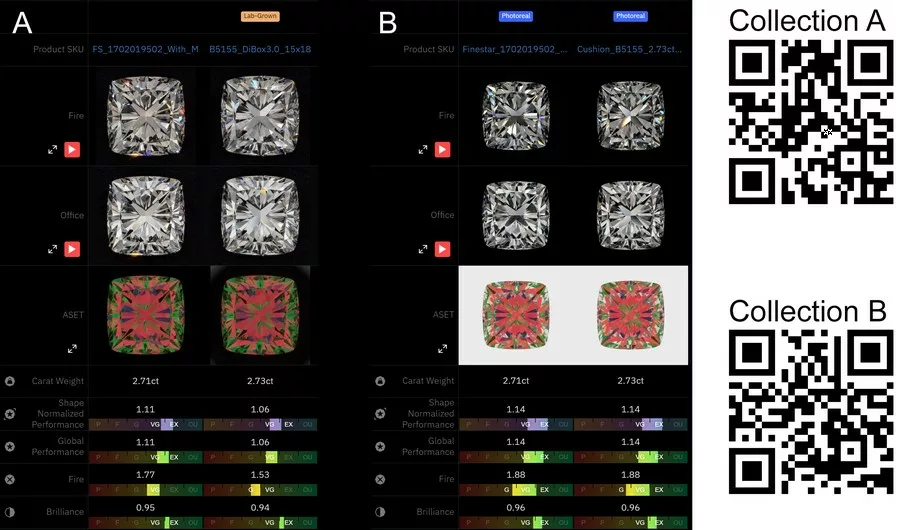
Acknowledgements
We want to thank Janak Mistry and Lexus Softmac staff for their contributions, discussions and data collection.

